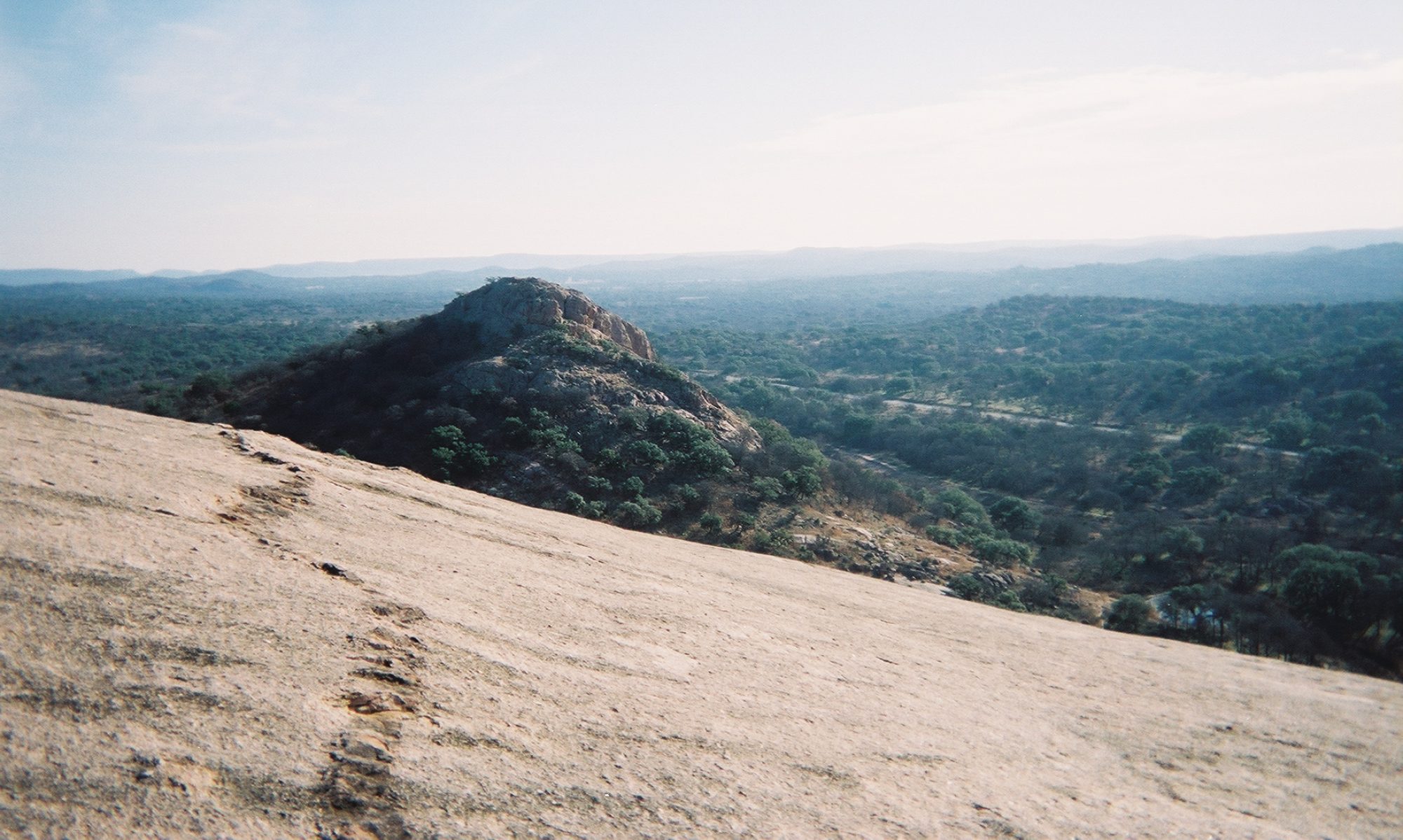Today brought the first “blue norther” of the fall for these parts, perhaps all parts, of Texas. Granted, it isn’t much of a blue norther and one could understand how folk-weather purists might challenge the cold front that just blew into Southeast Texas and its worthiness of the blue norther name.
Blue norther is a pretty ambiguous term, even in Texas, where the term seems to hold a great deal more meaning than in certain other parts of these United States.
The Handbook of Texas, with its title self-explanatory, says:
“What is peculiar to Texas is the term itself.”
The folk attributions mentioned by the excellent explainer of all things Texas seem to agree the term holds a strong reference to its blue, or blue black,” appearance as a leading edge to a strong cold front. The Weather Channel likewise indicates a strong kinship to Texas with a rather full outline of the meteorological phenomenon’s attributes. Yes, the sky is usually blue black to dark blue. Chilly and gusty winds accompany most such fronts. Sometimes the front will bring rain, sometime not. The precipitation may also be white in color, as noted in this NOAA piece about the so-called “Sleet Bowl” between the Dallas Cowboys and the Miami Dolphins on Thanksgiving Day 1993 in Irving, Texas.
My memory of the Sleet Bowl was not due to my dying fanaticism for Dallas or Miami. Rather, I was in the tiny burgh of Fischer, Texas, about 200 miles south of Texas Stadium, at the time. I only recently knew the location of the Devil’s Backbone Tavern was in a town. Back then it was out in the Hill Country wilderness between Canyon Lake and San Marcos. The town of Wimberley, about 10 miles down the road from the tavern was not the tourist destination it has become.
The Devil’s Backbone Tavern, is named for the nearby ridge that rises to more than 1,200 feet. It is supposedly haunted though I never personally noticed any apparitions appearing . Holding up in a little country beer joint with a nice inviting fireplace doesn’t seem proper habitat for “haints” anyway.
I was staying in nearby San Marcos that Thanksgiving. I don’t really know why. I liked that area from previous visits and I decided to go stay there alone, knowing there would be few students hanging around. Southwest Texas State (now Texas State University) was closed for the holiday. I went out Thanksgiving morning and studied the areas of rugged hills or small mountains to the west of San Marcos. In the afternoon I stopped at the tavern. It was the only watering hole around at the time, so I had some beers for which I was thankful.
Later in the evening, folks who frequent the bar, started bringing in eats for what some might call a “pot-luck” but we all called Thanksgiving dinner. I felt a little strange sticking around, an outsider eating their delicious food, but they didn’t care. I was just one of the folks who came for Thanksgiving dinner. One’s name did not need be known to all like the proverbial Norm of Cheers. That’s what made dinner so great. Sitting inside the warmth and watching two teams that hardly ever played in cold weather try to navigate the sleet-covered field. The game pretty much sucked, but the company, food and beer, were stupendous.
This Texas Monthly article from some years back provides perhaps as good an explanation as any when it comes to the Blue Norther. As cumin is the spice which sets chili from the soup bowl, so does the cold-ass Arctic air provide the key ingredient that makes the Blue Norther a Texas big blow. Well, sometimes that is the case.

Spelling error report
The following text will be sent to our editors: